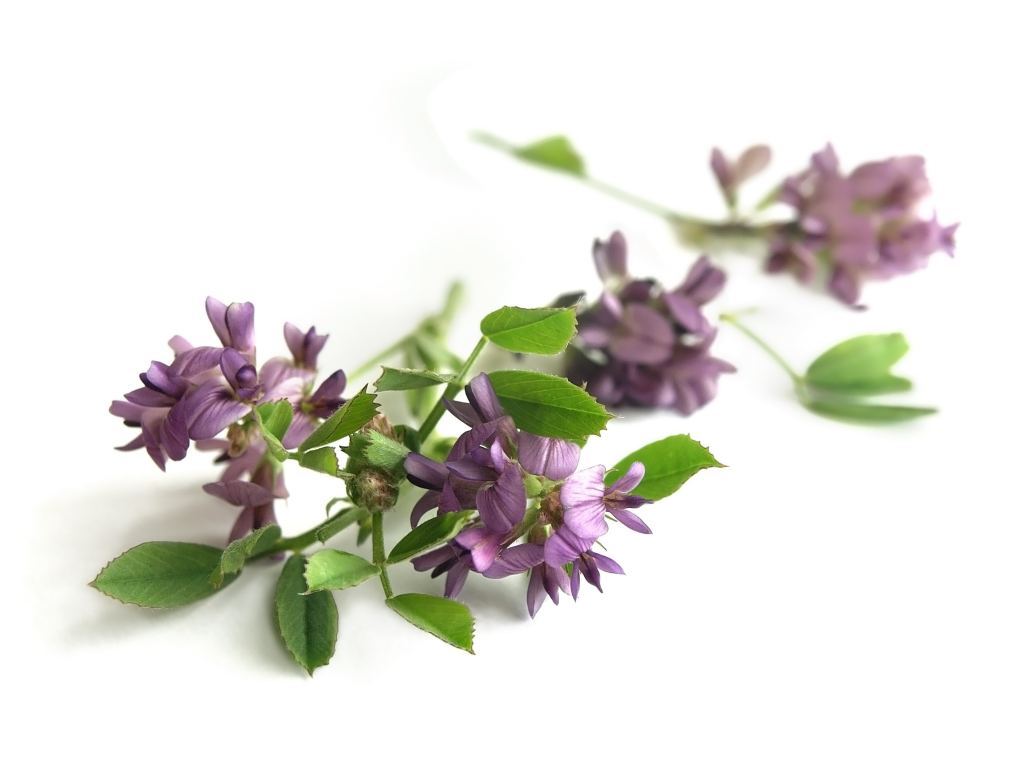
ALFALFA
CULTIVATION
A forage plant rich in protein, the culture of alfalfa is in full development.
An excellent supplement in rations for ruminants, this legume is very popular with breeders and must be managed as a full-fledged crop in mixed farming systems. In order to optimize yields, a good start to the crop is a priority.
OUR ADVICE
This legume lives in symbiosis with Rhizobium meliloti bacteria, which, once installed in root nodules, has the capacity to fix the nitrogen present in the air and thus make it available for the plant. This symbiosis can be limited by various abiotic factors which disturb the root system of alfalfa or the development of Rhizobium bacteria. As such, we can cite:
- Excess water creating anaerobic conditions
- Drought
- The acidity of the soil
- The settlement
All practices aimed at reducing these limiting factors maximize the yields of growing alfalfa.
For example, liming not only helps to combat acidity but also strengthens the soil structure to resist compaction, and above all ensures a sufficient supply of calcium necessary for the development of the plant. Likewise, all the practices aimed at better root development involve the fight against drought and enlarge the ecological niche of the rhizosphere, allowing a symbiotic relationship between the plant and Rhizobium meliloti.
For a better production
Do you want to know more about the means available to increase the root hair of alfalfa?
By allowing the development of microorganisms in the rhizosphere, the prebiotic premix of Calkorium fertilizers and Calkonutrium fertilization supplements creates the optimal conditions to stimulate the symbiotic relationship between alfalfa and Rhizobium bacteria. Thus, by further developing its root system, the plant is more resistant to different abiotic stresses when it starts up. Consequently, its yield per hectare increases during the years following its establishment.
